Unsolved Mysteries
The Coach With the Six Insides
James Joyce's novel FINNEGANS WAKE is notorious for its undecipherability. But somehow Jean Erdman, wife of mythologist Joseph Campbell (himself a Joyce expert) decided the book could be transformed into a dance.See video after snapshot.

Posted By: Paul - Wed Sep 06, 2023 -
Comments (3)
Category: Literature, Music, Unsolved Mysteries, 1960s, Dance
Girl Gang Dodge Ads
This campaign was kinda genius, because they never explained what brought these three or four or five or six "wild & crazy" women together. Were they a troupe of actresses? Bank robbers? Insane asylum escapees? Rogue fashion models? You could stare at the ads all day in wonderment.
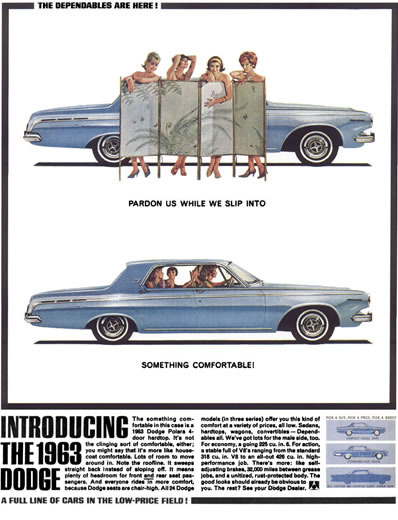
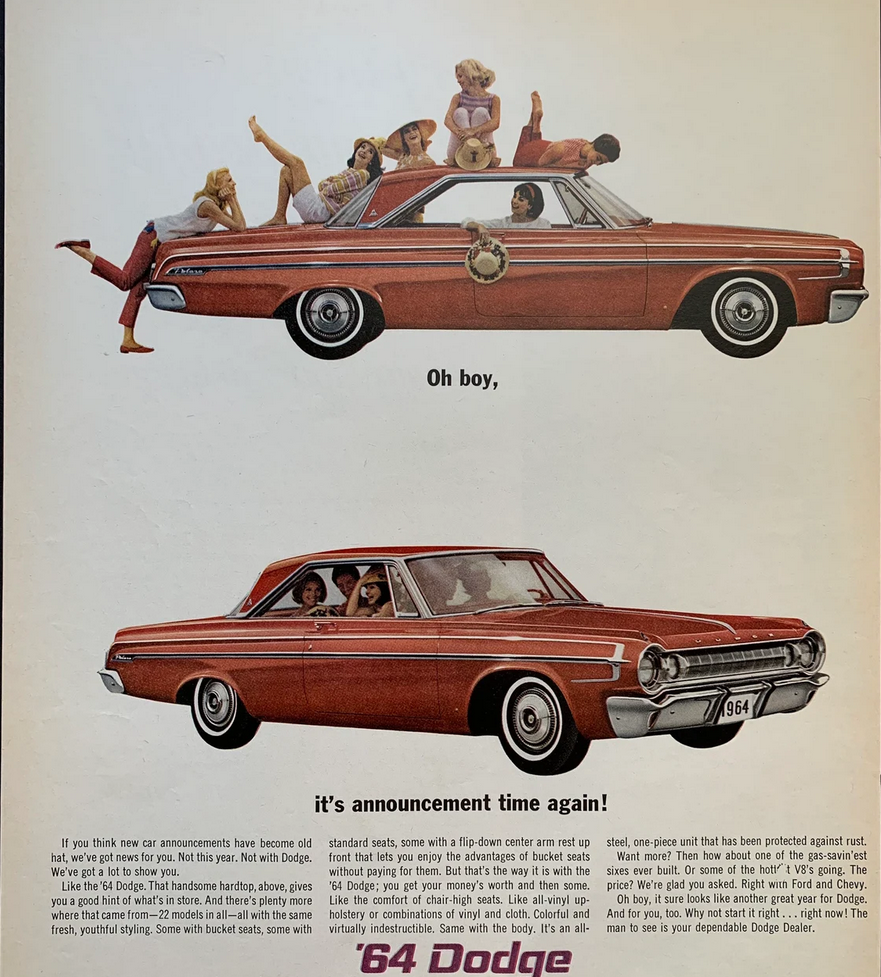
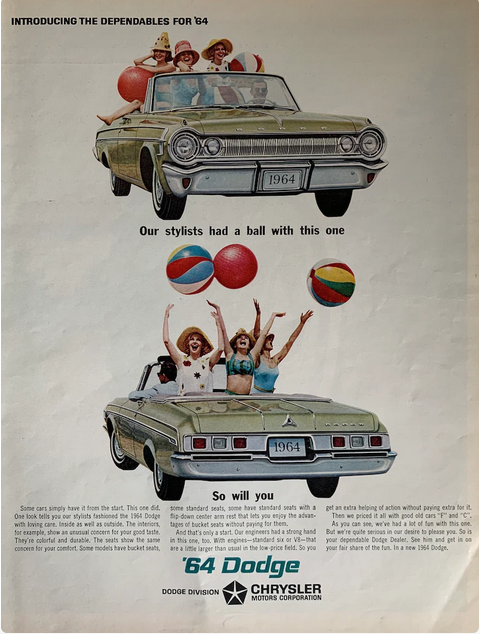

Posted By: Paul - Wed Sep 14, 2022 -
Comments (3)
Category: Unsolved Mysteries, Advertising, Women, Cars
5000 Hedgehogs Needed
I do not believe this mystery has ever been definitively solved.Source of first clipping: The Guardian (London, Greater London, England) 07 Oct 1935, Mon Page 7
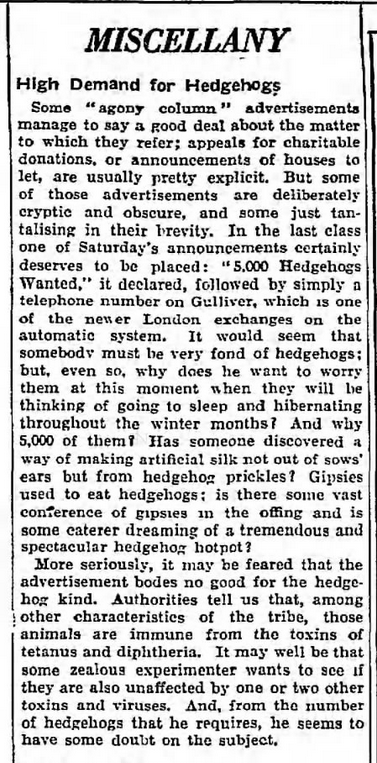
Source of second clipping: The Guardian (London, Greater London, England) 09 Oct 1935, Wed Page 9
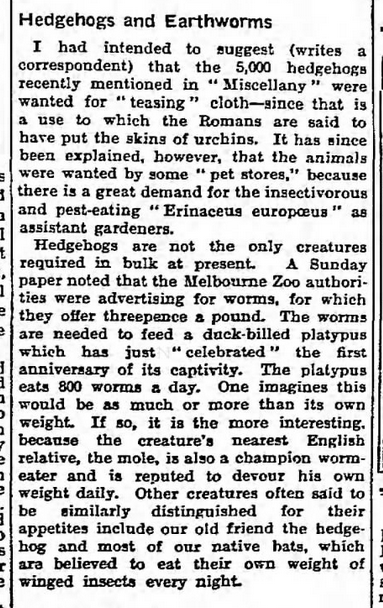
Source of third clipping: Western Morning News (Plymouth, Devon, England) 05 Jan 1937, Tue Page 4
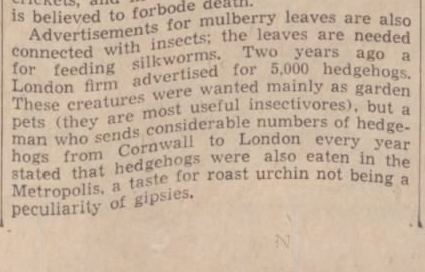
Posted By: Paul - Fri Sep 09, 2022 -
Comments (1)
Category: Animals, Unsolved Mysteries, 1930s, United Kingdom
Please Kill Me
Unsolved after 20 years, and from what I can see, unsolved to the present day.Source for first clipping: Joplin Globe (Joplin, Missouri) 11 Nov 1948, Thu Page 4
Source for second clipping: The Emporia Gazette (Emporia, Kansas)17 Aug 1968, Sat Page 11
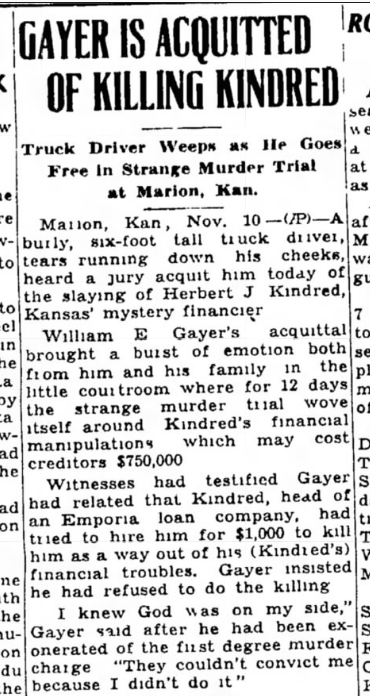
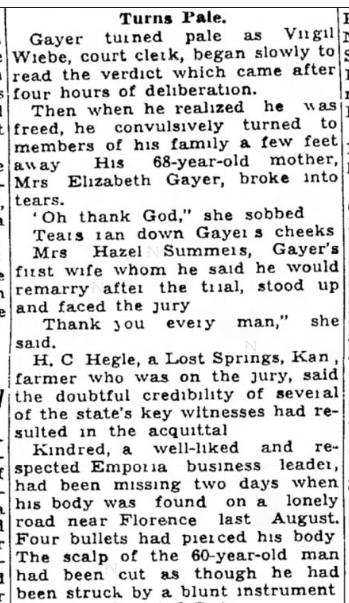
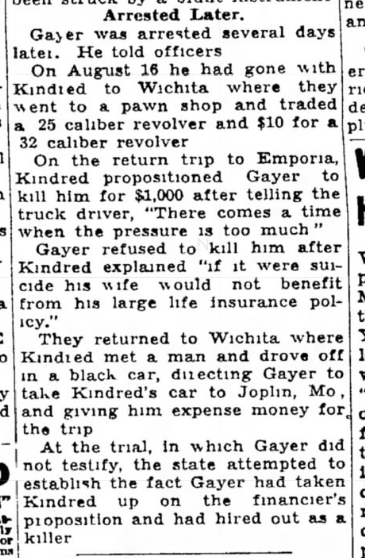
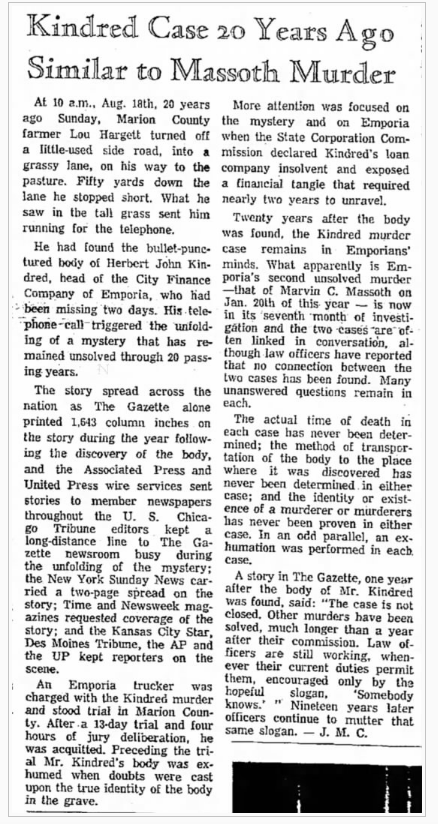
Posted By: Paul - Wed Aug 25, 2021 -
Comments (0)
Category: Death, Unsolved Mysteries, 1940s, North America
The Wreck of the City of San Francisco
One weird thing about this once-famous train crash: no perp was ever found.
Even with this lead, from a contemporary account.
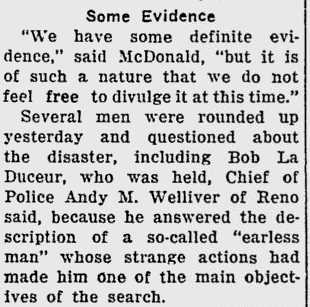
Rather reminiscent of the One-Armed Man from the 1960s TV show THE FUGITIVE.
Posted By: Paul - Wed Jul 15, 2020 -
Comments (2)
Category: Death, Destruction, Unsolved Mysteries, 1930s, 1960s, Trains
Mashed Potato Mystery
Why are bowls of mashed potatoes being left around a Jackson, Mississippi neighborhood? No one knows. The mashed potatoes have been found "on doorsteps, in mailboxes and on top of parked cars."More details: "Mysterious mashed potatoes perplex a historic neighborhood"
Posted By: Alex - Sat Apr 13, 2019 -
Comments (1)
Category: Unsolved Mysteries
Ted Serios and his Thoughtographs
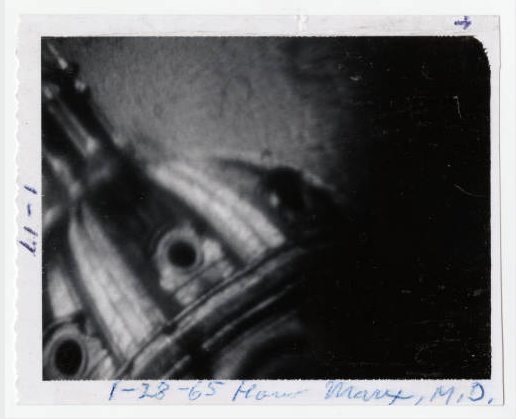
Theodore Judd Serios (1918-2006), a bellhop from Chicago who appeared to possess a genuinely uncanny ability. By holding a Polaroid camera and focusing on the lens very intently, he was able to produce dreamlike pictures of his thoughts on the film; he referred to these images as "thoughtographs..."
Full article here.
Collection of thoughtographs here.
Wikipedia page here.
Posted By: Paul - Wed Feb 28, 2018 -
Comments (4)
Category: Eccentrics, Freaks, Oddities, Quirks of Nature, Photography and Photographers, Unsolved Mysteries, 1960s
Money in sock disappears
To this day, the mystery remains unsolved.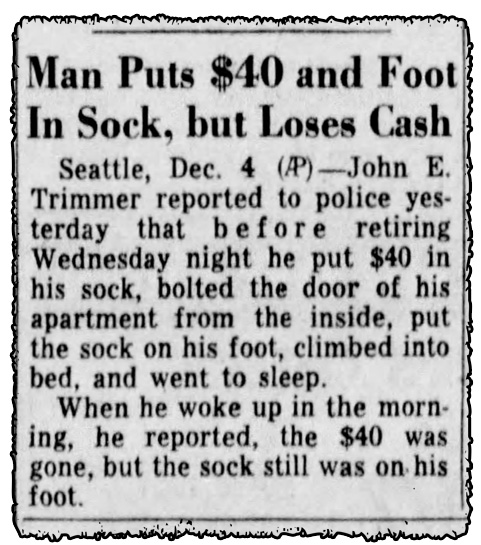
The Louisville Courier-Journal - Dec 5, 1953
Seattle, Dec. 4 (AP) — John E. Trimmer reported to police yesterday that before retiring Wednesday night he put $40 in his sock, bolted the door of his apartment from the inside, put the sock on his foot, climbed into bed, and went to sleep.
When he woke up in the morning, he reported, the $40 was gone, but the sock still was on his foot.
Posted By: Alex - Sun Mar 20, 2016 -
Comments (13)
Category: Unsolved Mysteries, 1950s
Mystery Balloons
In 1967, the U.S. Coast Guard found a crate containing seven inflated yellow balloons floating off the coast of Florida. The crate was marked "made in U.S.S.R." and was addressed to "The institute of mineral resources of Cuba."Why were the Soviets shipping seven balloons to Cuba? Why were the balloons inflated? How did the crate end up floating in the ocean? As far as I know, these questions remain unanswered.
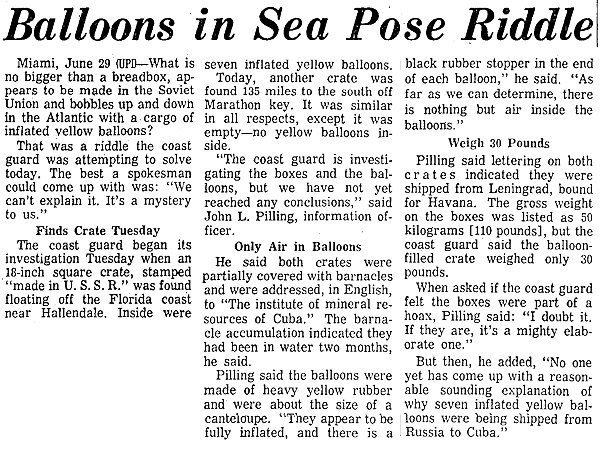
Chicago Tribune - June 30, 1967
Posted By: Alex - Fri Oct 10, 2014 -
Comments (15)
Category: Unsolved Mysteries, 1960s
Mystery Postcard
Here's one of the mysteries of the Internet. Over at groovy.net, people have been debating for many years over what this postcard might mean. It appears to have been manufactured in the early 20th century (circa 1907) and bears the statement: "Health Must Be Earned, Get it — you Lobster."
Some of the theories are that "lobster" was slang for a sluggish person or dullard, or that it was referring to an "overweight sunbather." But no one really knows for sure.
Posted By: Alex - Sat Jun 28, 2014 -
Comments (4)
Category: Unsolved Mysteries

| Who We Are |
|---|
| Alex Boese Alex is the creator and curator of the Museum of Hoaxes. He's also the author of various weird, non-fiction, science-themed books such as Elephants on Acid and Psychedelic Apes. Paul Di Filippo Paul has been paid to put weird ideas into fictional form for over thirty years, in his career as a noted science fiction writer. He has recently begun blogging on many curious topics with three fellow writers at The Inferior 4+1. Contact Us |




